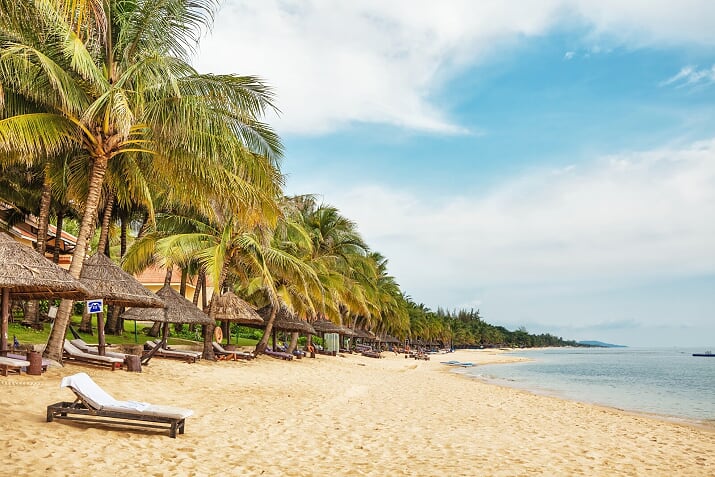Discover Our
Ninh Binh Tour
Explore the best Ninh Binh travel experience with our detailed guide. Discover the ancient capital of Ninh Binh, engage in exciting activities, and visit must-see attractions like Bai Dinh Pagoda, Trang An Ecotourism, and Tam Coc. Learn about Ninh Binh's rich heritage, savor local delicacies, and get sustainable travel tips for a responsible journey. Whether you're a history buff, nature lover, or food enthusiast, this guide will help you plan the perfect trip to Ninh Binh.
Discover Our
Ninh Binh Tour

Our Luxury Ninh Binh Tours
Travel Guide
1. Best Time to Visit Ninh Binh
To fully enjoy your Ninh Binh travel experience, it’s important to plan your visit during the best times of the year. The ideal periods to explore Ninh Binh are from late May to early July or from September to October. These months offer pleasant weather, with cool temperatures and lush green landscapes.
You’ll also avoid the peak tourist season, making it easier to explore Ninh Binh attractions without the crowds. Whether you're navigating the serene waters of Trang An or hiking through Cuc Phuong National Park, visiting during these times ensures the best experience.
2. Best Places to Visit in Ninh Binh
Ninh Binh is a region steeped in history and natural beauty. Below are some of the most notable Ninh Binh attractions that showcase the area's rich cultural heritage and stunning landscapes.
Visit Bai Dinh Pagoda
One of the most significant religious sites in Vietnam, Bai Dinh Pagoda is a must-visit on any Ninh Binh travel experience. This vast complex is home to the largest bronze Buddha statue in Southeast Asia and features a series of impressive temples and statues. As you explore the pagoda, you'll be struck by its grandeur and the serene atmosphere that surrounds it.
Trang An Ecotourism
Trang An is a UNESCO World Heritage site and one of the most popular Ninh Binh attractions. Known for its stunning karst landscapes and emerald waters, Trang An offers boat tours that take you through a series of caves and rivers. The experience is both peaceful and awe-inspiring, making it a highlight of any visit to Ninh Binh.
Explore Cuc Phuong National Park
Vietnam’s oldest national park, Cuc Phuong, is a haven for nature lovers. The park is home to a diverse range of wildlife, including several endangered species. Hiking through the park's lush forests, visiting the Endangered Primate Rescue Center, and exploring ancient caves are just a few of the Ninh Binh activities you can enjoy here.
Visit Van Long Nature Reserve
Van Long Nature Reserve is often referred to as the “No Waves Bay” due to its calm and tranquil waters. This area is a paradise for birdwatchers and photographers, with the chance to spot rare species such as the Delacour's langur. A boat ride through the reserve offers stunning views of the limestone cliffs and serene landscapes, making it a peaceful escape from the busier tourist spots.
Sightseeing Tam Coc - Bich Dong
Tam Coc, known as the “Ha Long Bay on land,” is one of the most iconic Ninh Binh attractions. The area is famous for its majestic limestone mountains, green rice paddies, and winding rivers. A boat trip along the Ngo Dong River, passing through caves and alongside towering cliffs, offers a truly memorable Ninh Binh travel experience. Bich Dong Pagoda, located nearby, is also worth a visit for its beautiful architecture and peaceful setting.
Hoa Lu Ancient Capital Relic Site
No visit to Ninh Binh is complete without exploring Hoa Lu, the ancient capital of Ninh Binh. Once the political and cultural center of Vietnam, Hoa Lu is rich in history and offers visitors a glimpse into the past. The site features ancient temples dedicated to the Dinh and Le dynasties, surrounded by picturesque landscapes. It's a fascinating destination for history enthusiasts and those interested in the cultural heritage of Ninh Binh.
Hang Mua Tourist Area
For some of the best panoramic views in Ninh Binh, head to Hang Mua. The climb to the top is steep, but the breathtaking vistas of Tam Coc and the surrounding countryside make it worth the effort. Hang Mua is also home to a dragon statue that sits atop the peak, adding a mythical touch to the landscape. This area is a popular spot for photography and is one of the must-see attractions in Ninh Binh.
Thung Nham Bird Garden
Thung Nham Bird Garden is another gem for nature lovers and birdwatchers. The garden is home to a variety of bird species, including storks, herons, and flamingos. A visit here allows you to enjoy the natural beauty of Ninh Binh in a tranquil setting, making it a perfect addition to your Ninh Binh travel experience. The garden also offers boat rides, cave explorations, and visits to ancient trees, providing a well-rounded experience.
3. Must-Try Food in Ninh Binh
Ninh Binh’s culinary scene is as rich and diverse as its landscape. Sampling local dishes is an essential part of your Ninh Binh travel experience. Here are some of the must-try foods when visiting the region.
Mountain Goat
Ninh Binh is renowned for its mountain goat dishes, which are prepared in various ways, from grilling to stewing. The meat is tender, lean, and full of flavor, often served with local herbs and spices. It’s a must-try for anyone looking to experience authentic Ninh Binh cuisine.
Ninh Binh Crispy Rice
Known as "com chay," Ninh Binh crispy rice is a local delicacy that pairs perfectly with pork or beef stir-fries. The rice is fried to a crisp golden brown and served with a savory dipping sauce, offering a unique texture and taste.
Mountain Snails
Mountain snails are a specialty of Ninh Binh, often cooked with lemongrass, ginger, and chili. This dish is a treat for adventurous eaters and provides a taste of the local culinary traditions.
Eel Fish Salad
Eel fish salad is another must-try dish in Ninh Binh. The eel is marinated in spices, then mixed with herbs, peanuts, and vegetables, creating a flavorful and refreshing dish. It's a popular choice among locals and visitors alike.
Kim Son Ninh Binh Wine
Kim Son wine, made from fermented sticky rice, is a traditional drink in Ninh Binh. The wine is strong and often enjoyed with meals, offering a unique taste of the region’s cultural heritage.
Nem Yen Mac
Nem Yen Mac is a type of fermented pork roll, wrapped in banana leaves and served with herbs and dipping sauce. The dish has a tangy flavor and is a favorite snack in Ninh Binh.
4. Important responsible travel tips for visiting Ninh Binh
- Dress modestly when visiting religious sites such as Bai Dinh Pagoda or local villages to show respect for the local culture.
- Ask for permission before taking photos of people, especially in rural areas or during traditional ceremonies.
- Be respectful of local traditions, particularly in ethnic minority areas like the Tay and Muong communities.
- Observe local etiquette when entering homes or temples, such as removing shoes or using polite gestures.
- Choose eco-friendly tours and operators that prioritize responsible practices, particularly when exploring natural areas like Trang An, Tam Coc, and Cuc Phuong National Park.
- Stay in locally owned accommodations to support the local economy and reduce environmental impact.
- Minimize environmental impact by avoiding over-tourism during peak seasons and choosing quieter times to visit popular attractions.
- Respect nature—follow marked trails and avoid disturbing natural habitats when trekking or boating in scenic areas.
- Reduce plastic usage—bring a reusable water bottle and refuse plastic bags and straws.
- Properly dispose of waste—help keep Ninh Bình’s natural beauty clean, particularly near rivers and caves.
- Respect the environment—do not touch or disturb wildlife, especially in protected areas like Cuc Phuong National Park and the Trang An Landscape Complex.
- Keep noise levels low in natural settings like caves, lakes, and during boat trips to maintain tranquility.
- Support local businesses by buying authentic handmade products directly from artisans and local markets.
- Dine at family-run restaurants to experience local cuisine and contribute to the local economy.
- Hire local guides to gain authentic insights into Ninh Bình’s culture, history, and ecology.
- Participate in conservation activities or visit community-based tourism projects to help support the sustainability of the region.
5. The essential Do's and Don'ts for traveling in Ninh Binh
- Dress modestly when visiting temples and religious sites, such as Bai Dinh Pagoda.
- Ask for permission before taking photos, especially of locals or in sacred places.
- Support local businesses by purchasing handmade crafts and local products.
- Stay in locally-owned accommodations to help support the community.
- Hire local guides to gain deeper insights into the region’s history and culture.
- Respect nature—stick to marked paths when exploring natural sites like Trang An and Tam Coc.
- Use eco-friendly products and minimize your use of plastic to reduce environmental impact.
- Be polite and respectful to locals, especially when visiting rural villages.
- Don’t wear revealing clothes when visiting religious sites or local villages.
- Avoid taking photos without permission in private areas or of people without consent.
- Don’t leave trash behind—dispose of waste responsibly, especially near natural areas.
- Avoid disturbing wildlife—respect the natural habitats, especially in protected areas like Cuc Phuong National Park.
- Don’t engage in overly aggressive bargaining—negotiate respectfully with local vendors.
- Don’t overcrowd popular tourist spots—try to visit during less busy times to avoid over-tourism.
- Don’t make loud noises in peaceful areas like caves, temples, or rural villages.
Meet our Expert


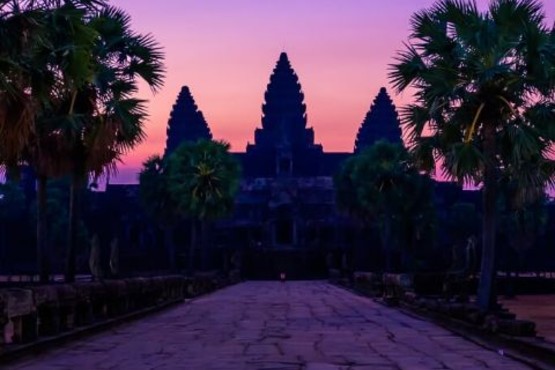


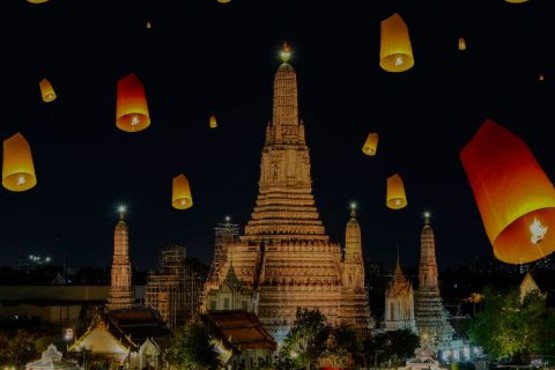
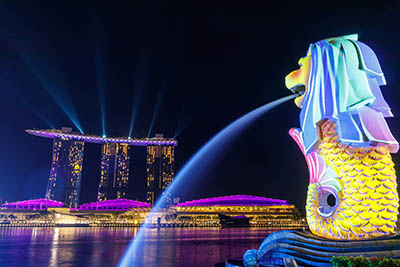

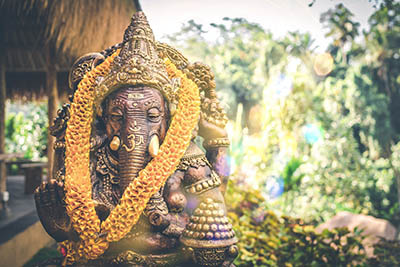
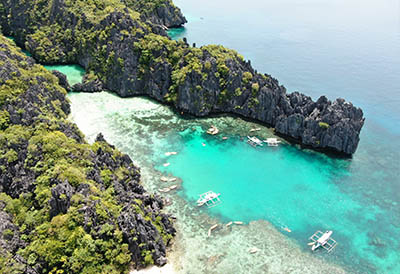
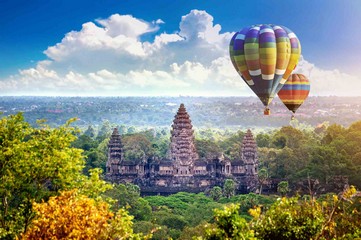
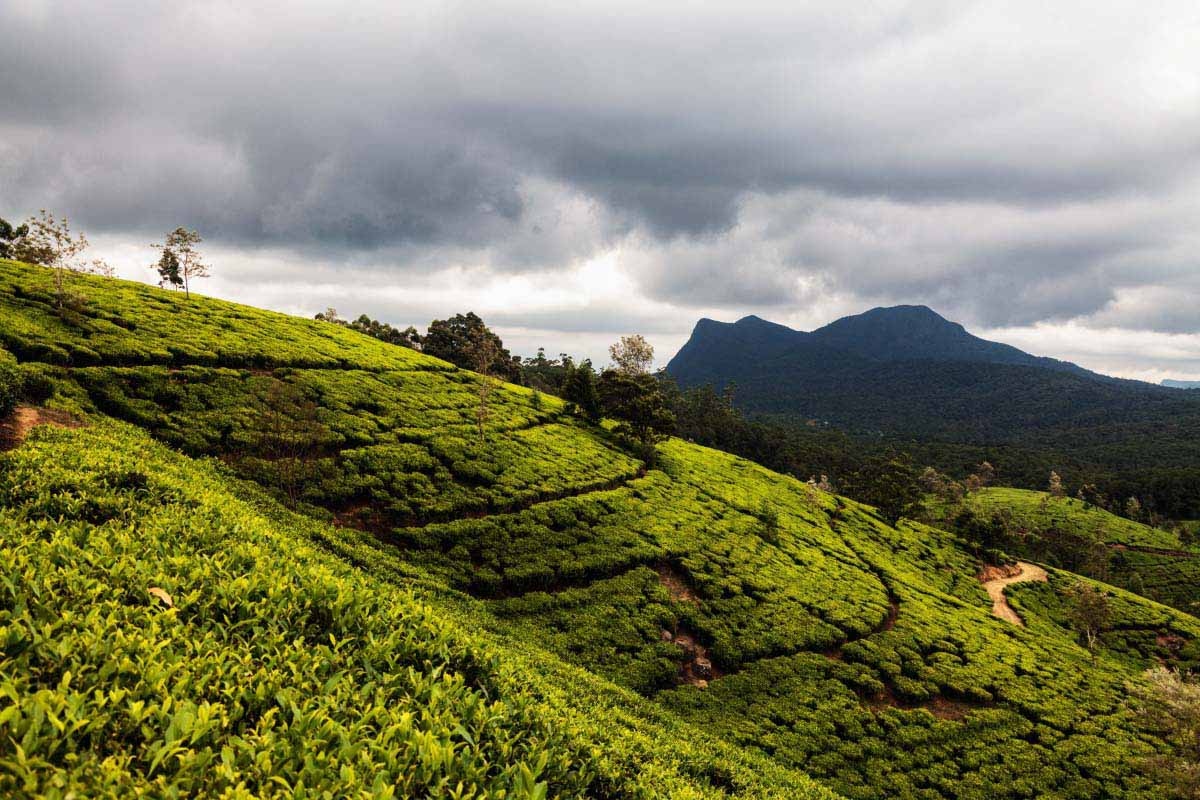

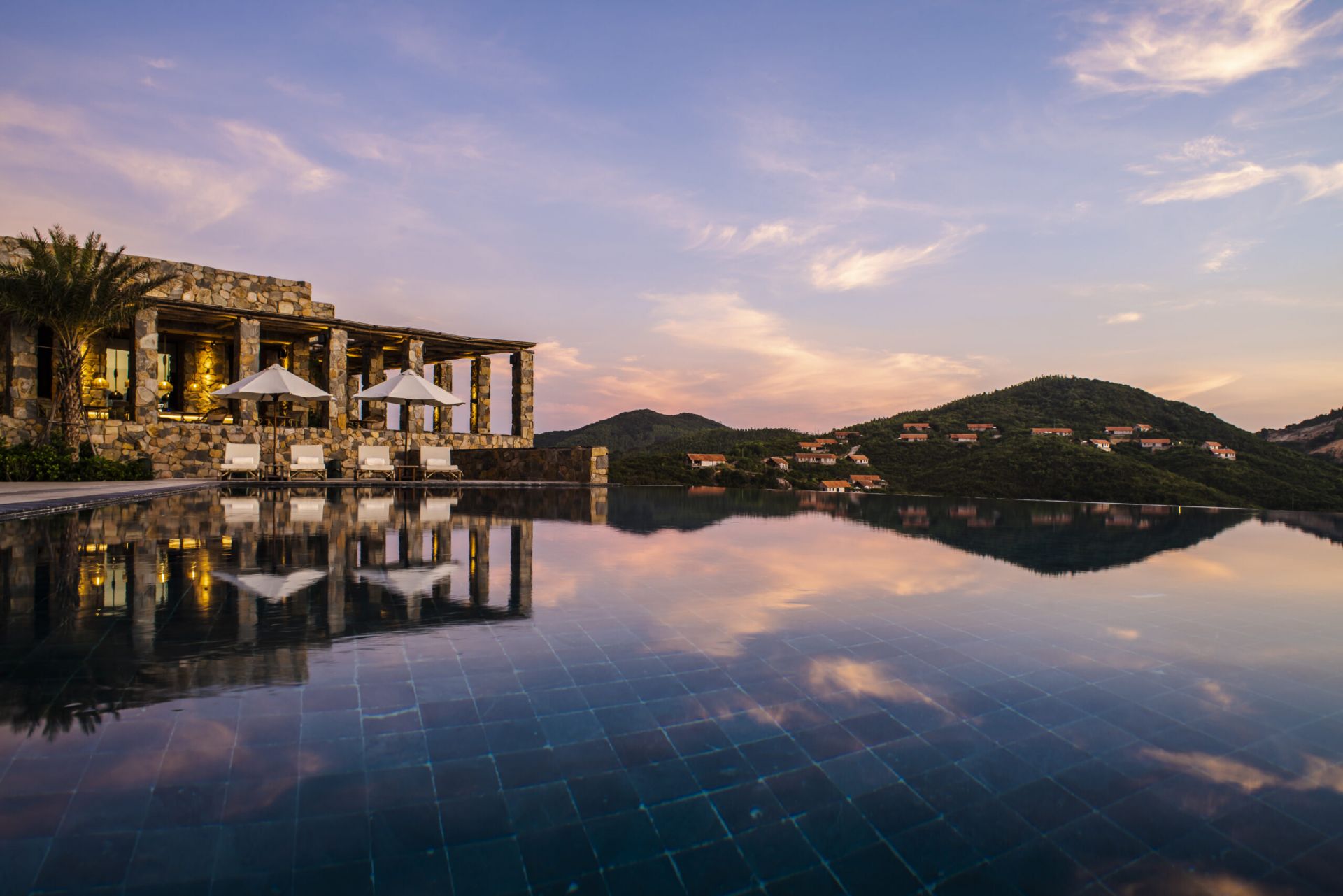

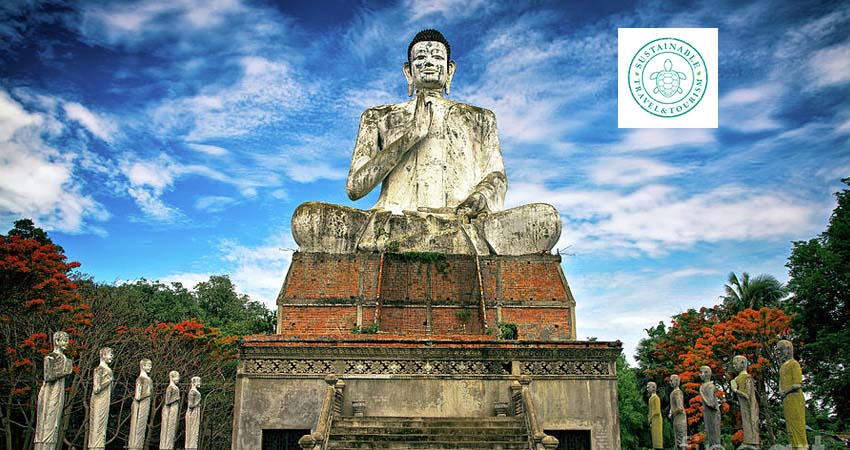
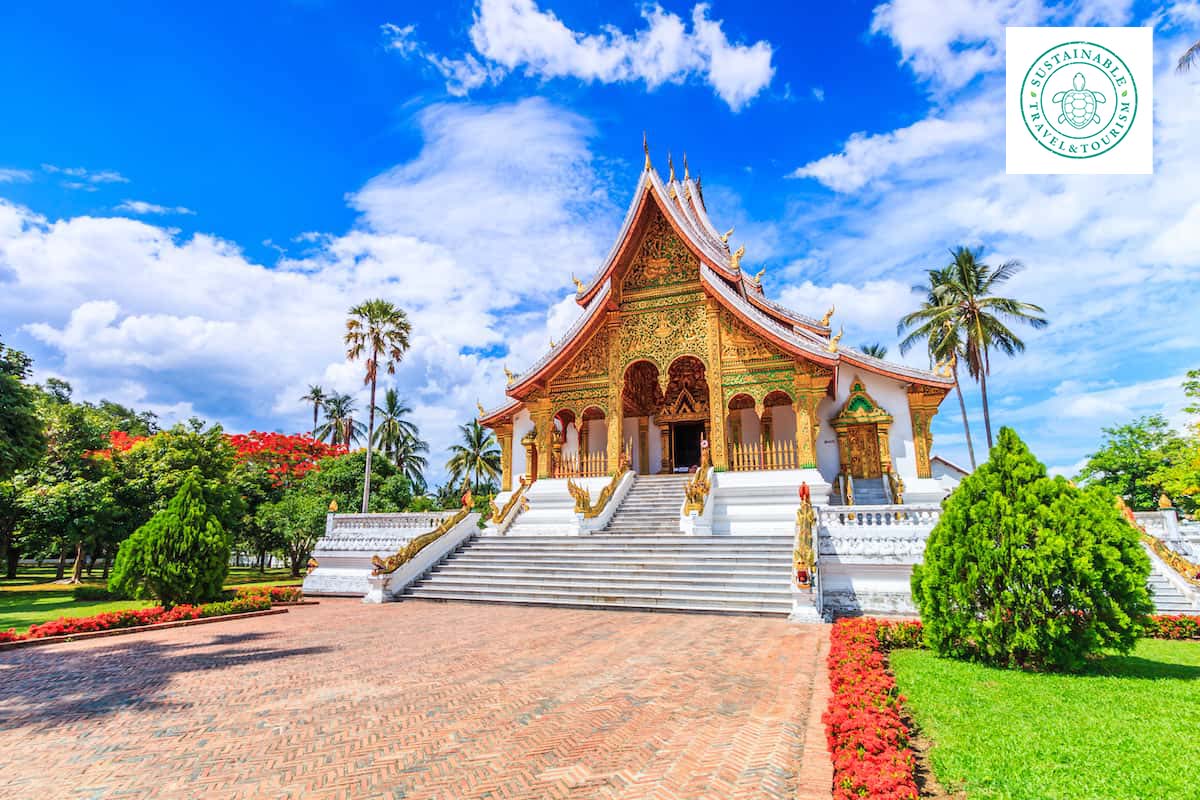
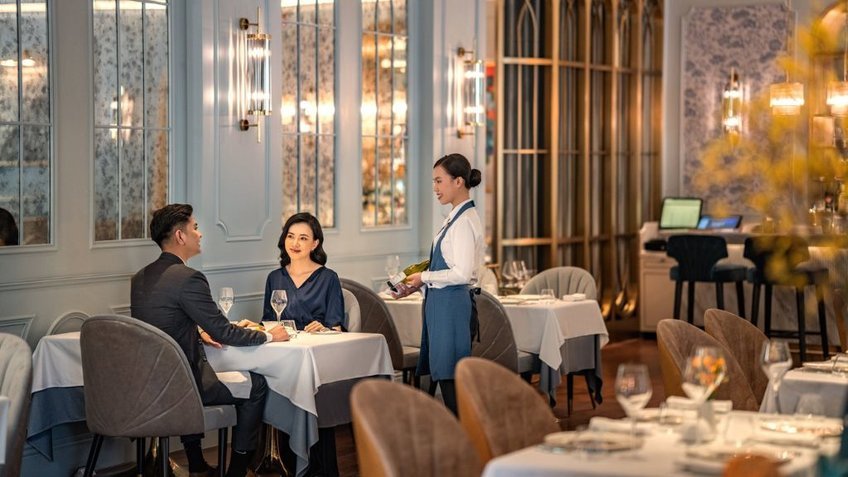

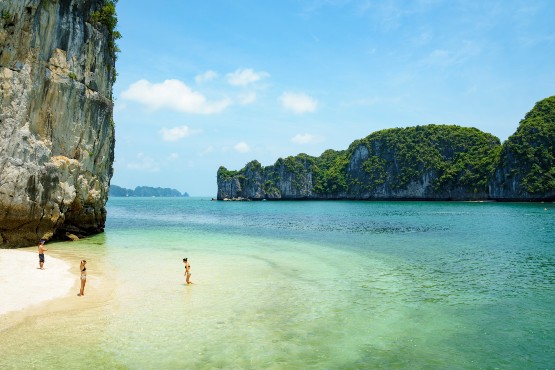
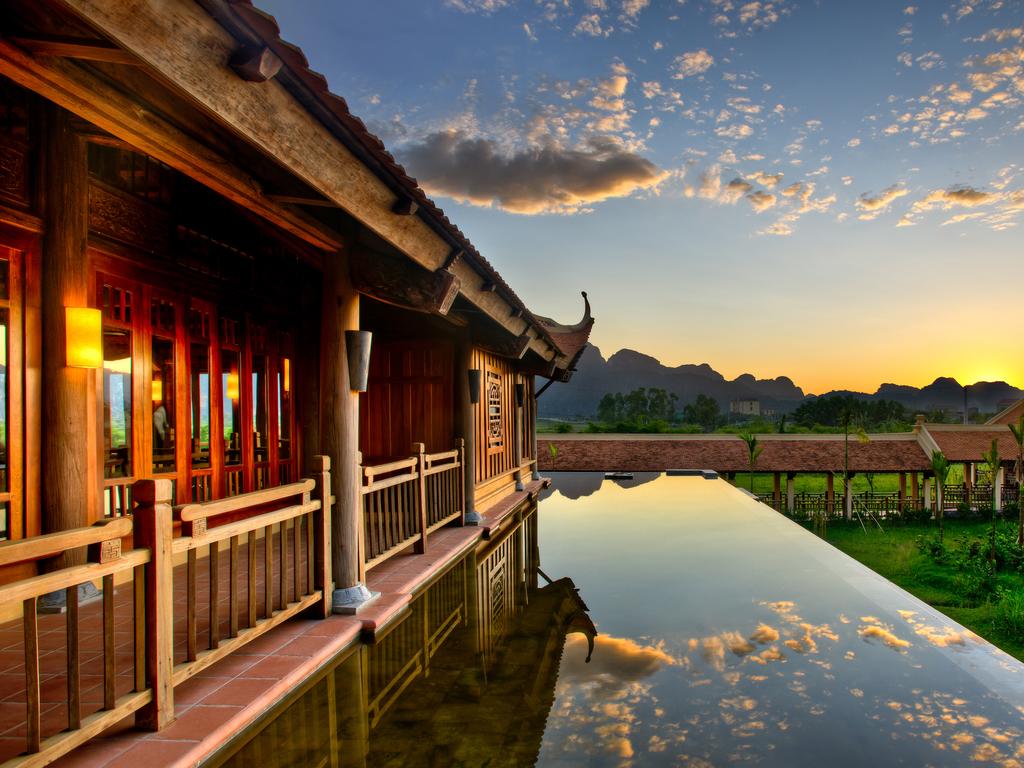
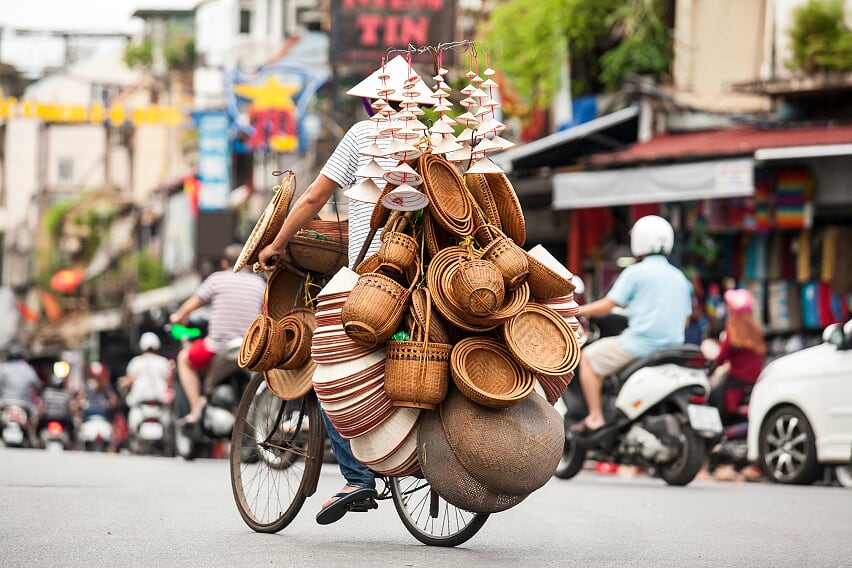
.jpg)

